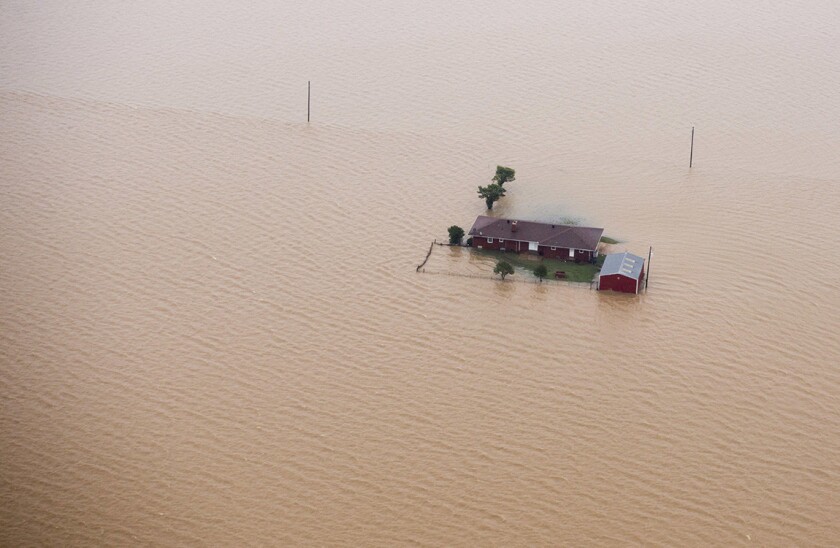Amid fears that extreme weather could render entire regions and industries uninsurable, senior insurance figures told GlobalMarkets that while the risk is real, solutions exist — but they require urgent action, innovation and a repricing of risk.
Günther Thallinger, a board member of Allianz, has been one of the loudest industry voices warning that climate change could move swathes of the world beyond the insurance industry’s ability to provide coverage. But there is crucial nuance to the concept of ‘uninsurability’.
Nancy Watkins, principal at global actuarial and consulting firm Milliman, said that “permanent uninsurability” — especially where climate change was a driver — described when flood-prone areas were subject to sea level rise and there was “no real intervention that can make the area inhabitable or reduce the frequency of floods”.
But this did not apply to many areas currently facing a crisis of insurance availability, she added.
“The first thing to do is accept that risk is higher than we want it to be — and that the risk is owned by people, communities and governments, not the insurance industry,” Watkins said. “Not enough has been done because there’s been a misguided focus on getting insurers to act differently or subsidising the risk by getting someone else to pay for it.”
Michel Liès, chairman of Zurich Insurance Group, told GlobalMarkets there needed to be “more coordination and discussion around risks and how to price them”. He pointed to the Swiss village of Blatten, where in May insurers covered the costs of evacuating households before a massive section of the Birch Glacier collapsed and covered the town. This highlighted the need for open debate on risk pricing, rather than politically motivated criticism of insurers for their charges, he said.
Pilot products
Steven Rothstein, chief programme officer at advocacy organisation Ceres, said new tools were another piece in the puzzle. “The state of California’s regulator, for example, has just allowed catastrophe modelling, which is a much more detailed and sophisticated, forward-looking way to set rates,” he said.
Across the globe, major insurers are experimenting with new products to address growing protection gaps in vulnerable areas. “For example, Prudential is piloting in India a heat stroke product, combining climate resilience with healthcare,” Shriti Vadera, chair of the UK insurer, told a panel at the Institute of International Finance. “But we can’t make it commercial unless it’s going to be in some form of public-private partnership, where we have either a first loss or some other type of support from the public sector.”
Jonathan Dixon, secretary general of the International Association of Insurance Supervisors, told GlobalMarkets there needed to be a focus on risk reduction measures, rather than price caps. These included everything from improving roof materials and drainage designs to creating national disaster risk funds. But a focus on risk reduction “does require very much a public-private partnership, because a lot of the response is in the realm of local governments,” he said.
Liès also pointed to the Insurance Development Forum (IDF), a PPP led by the insurance industry and supported by international organisations. On Friday, the IDF launched an Infrastructure Resilience Development Fund, securing a first close of $340m to finance resilient infrastructure in emerging markets and developing economies.
Ultimately, the sheer increase in extreme weather goes far beyond the ability of either the private or public sector to manage alone. Rothstein said that in the 1980s, the US would experience a storm where damages and costs surpassed $1bn about 3.4 times a year on average. Data from the National Centers for Environmental Information showed 27 such events in 2024.
“The physical risks are increasing — fires, floods, tornadoes and other events around the world — and that is making some places either uninsurable or unaffordable,” Rothstein said. “There is not a sufficient sense of urgency.”
